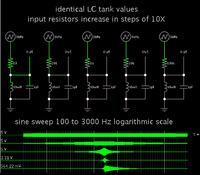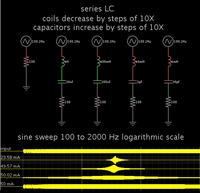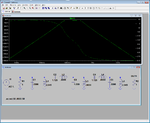yassin.kraouch
Advanced Member level 2
Hi all, can you please share me some courses on the design of LC filter ? if you have some courses or paper ?
i need this information soon
i need this information soon
Follow along with the video below to see how to install our site as a web app on your home screen.
Note: This feature may not be available in some browsers.


.... can you please send me a link of free online tools for calculation ?
